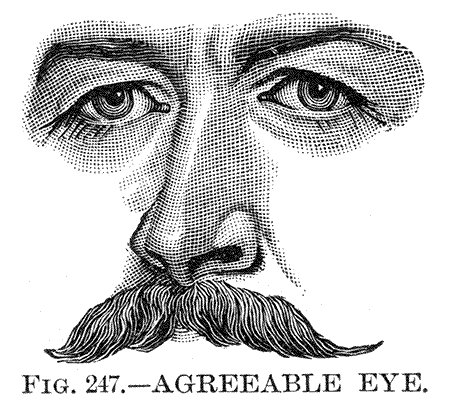Within a Budding Grove
Racine isn’t telling a story about love among the sea-urchins (185).
Again, this does not aspire to the level of essay, and will be simply some notes from reading this particular volume.
- Within a Budding Grove is a more thoroughly conventional novel than Swann’s Way, and presents the late childhood and early adolescence of our narrator with fewer of those frills of perception that mark the earlier volume. Chronology is not particularly obscured by later reflections, nor is one left to wonder how our narrator managed to come by all the information he presents (as is the case, for instance, throughout ‘Swann in Love’, which is a produce of a more mature intelligence than the child presented in ‘Combray’).
- Evidence of the maturing of our narrator – increased interest in people beyond his family circle, at first the Swanns and then the Guermantes; increased interest also in signs and codes: what do people mean by what they say, what they do, what they wear—and how do they manage to obscure what they mean through these things (e.g. through using foreign languages, or the more obscure code of society; cf. Block and his mispronunciations and missteps); increased fascination with technology: telephone (‘she can order things from tradesmen without having to go out’ (p.250)), electricity (p. 249), automobiles (539, 655 – as tied up with women’s fashion), cameras (particularly Saint-Loup’s Kodak (p. 496,) and the childishness of his grandmother’s fascination with having her picture taken (pp. 500–1)).
A well-read man will at once begin to yawn when one speaks to him of a new ‘good book,’ because he imagines a sort of composite of all the good books that he has read, whereas a good book is something special, something unforeseeable, and is made up not of the sum of all previous masterpieces but of something which the most thorough assimilations of every one of them would not enable him to discover, since it exists not in their sum but beyond it (318).
